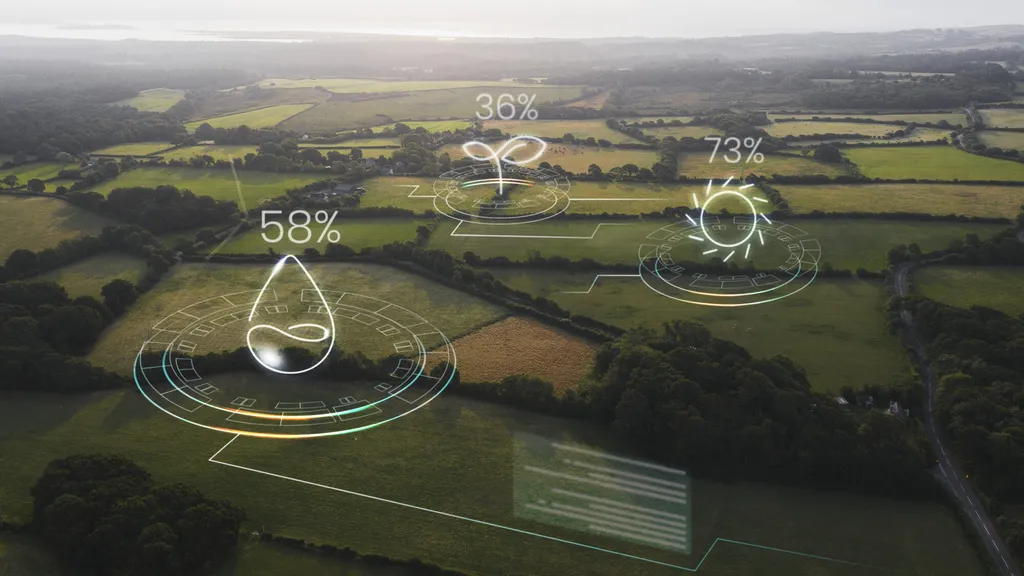In the ever-evolving landscape of agricultural technology, a groundbreaking review published in *Frontiers of Agricultural Science and Engineering* is shedding light on the transformative potential of augmented reality (AR) in embedded systems for smart farming. Led by Lauren Genith Isaza Domínguez from the Universidad de Los Llanos in Colombia, the research delves into how AR can integrate data from various technologies to revolutionize precision agriculture.
The study highlights that AR is not just a standalone tool but a bridge that connects diverse embedded technologies, such as Internet of Things (IoT) devices, unmanned aerial vehicles (UAVs), farming machinery, robotics, edge computing platforms, and artificial intelligence (AI). This integration enables coordinated, field-level deployment, making farming practices more efficient and responsive to global pressures like climate variability and resource constraints.
“AR-enhanced platforms present a promising pathway toward more efficient farming practices,” Domínguez explains. “By enabling real-time visualizations and interactions with complex environmental data, AR can significantly enhance decision-making processes in agriculture.”
The review offers a structured synthesis of AR applications across embedded systems, a conceptual architecture for AR-centered smart farming, and an integrated analysis of research gaps and future directions. Key research gaps identified include the lack of studies addressing model interpretability and system interoperability, insufficient exploration of real-time edge AI processing and gesture-based AR controls, and the absence of globally representative data sets for AI image analysis.
Future research directions proposed by the study include the development of low-latency data pipelines, explainable AI interfaces, swarm-capable Drone-AR systems, energy-efficient edge AI models, federated learning for data privacy, and participatory design strategies tailored for resource-limited contexts.
The commercial impacts of this research are substantial. By integrating AR with other technologies, farmers can achieve higher levels of precision in their operations, leading to increased yields, reduced resource waste, and improved sustainability. This integration can also enhance the efficiency of farming machinery and robotics, making them more adaptable to varying field conditions.
“These findings offer valuable insights for researchers, technology developers, policymakers, and farmers working to implement scalable, secure, and accessible AR-powered agricultural solutions,” Domínguez notes. The study’s insights could shape future developments in the field, driving innovation and improving agricultural practices worldwide.
As the agriculture sector continues to embrace technological advancements, the integration of AR into embedded systems represents a significant step forward. This research not only highlights the current capabilities of AR but also points to a future where AR-enhanced platforms play a central role in smart farming, ultimately benefiting farmers and consumers alike.

